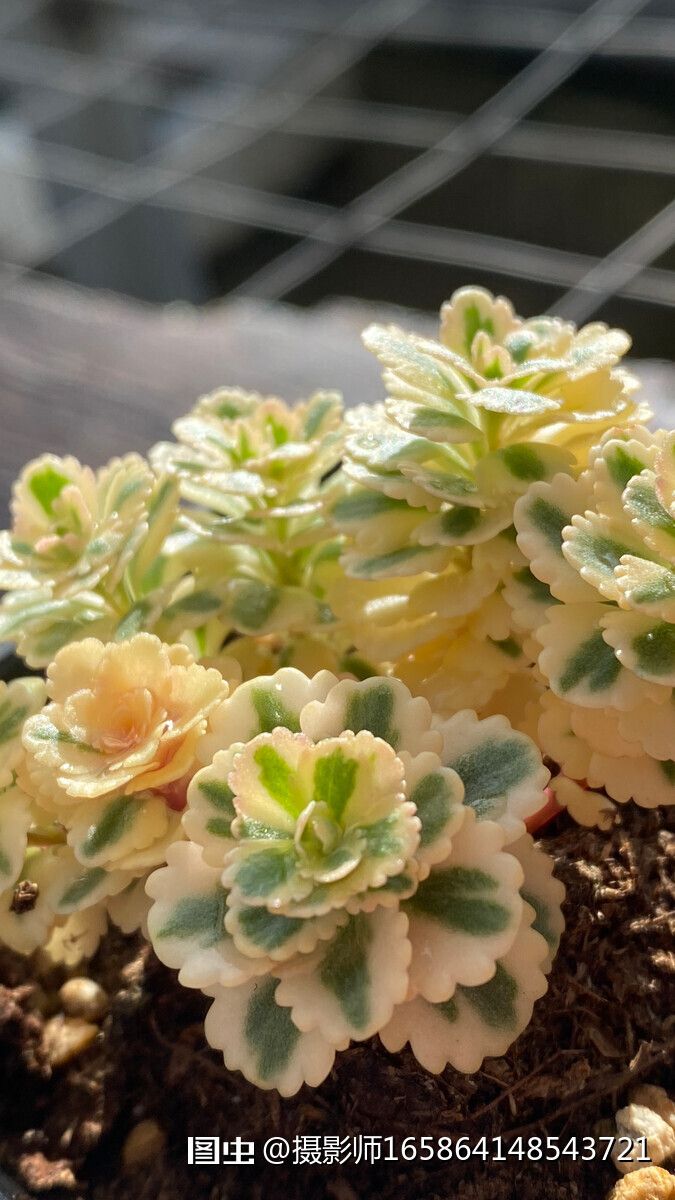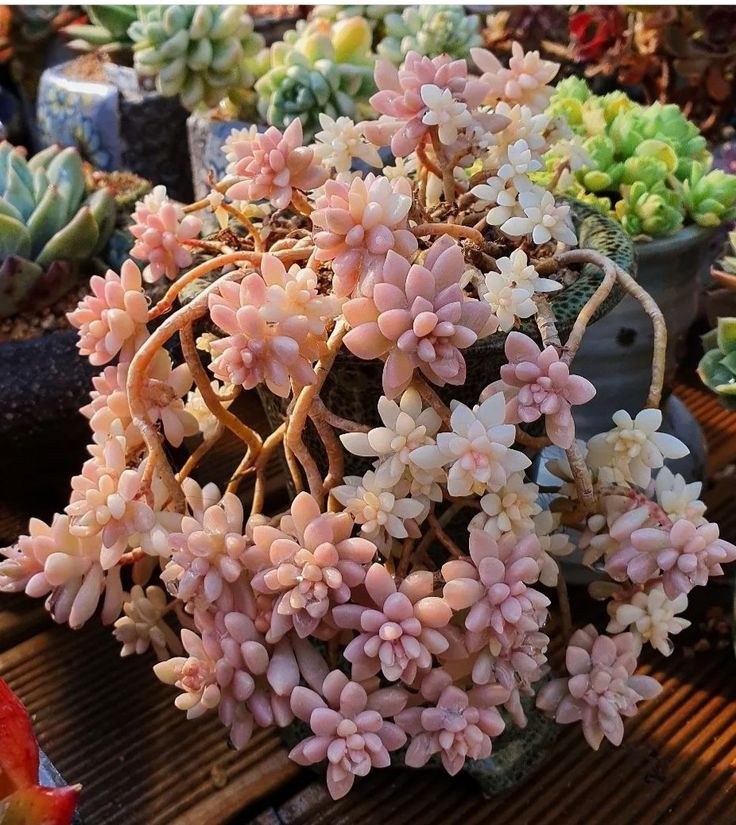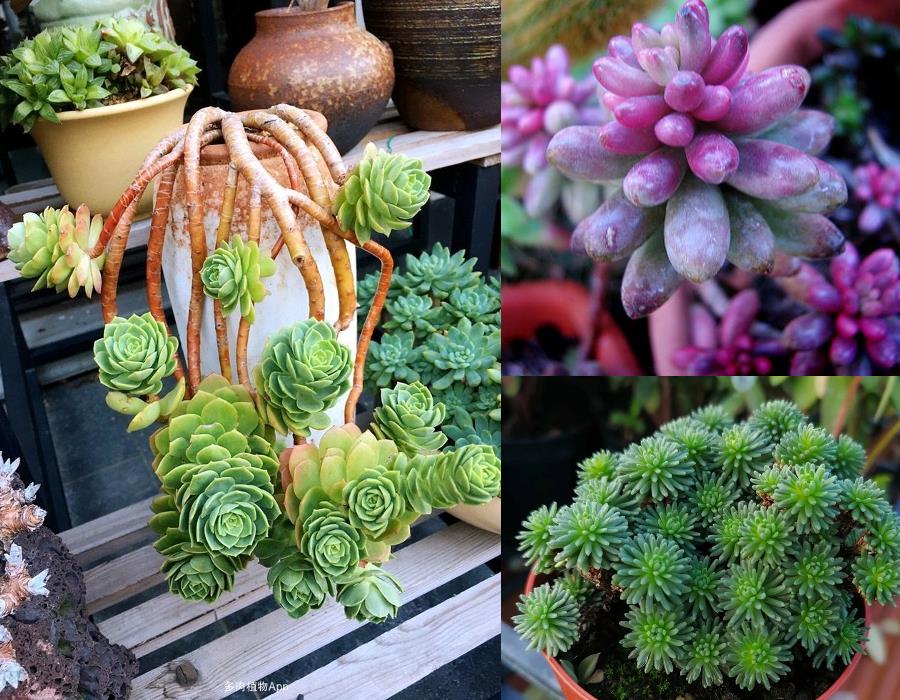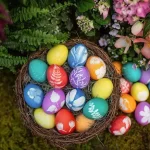Sedum is a beloved genus of succulents renowned for its hardiness, vibrant hues, and unique growth patterns. Among the vast array of species, certain rare Sedum varieties stand out for their exceptional beauty and charm. Let’s explore some of the most stunning members of this fascinating family, along with a few others that deserve special mention.
Related Posts
Sedum dasyphyllum ‘Lilac Mound’ is a true gem, prized for its tiny, rounded leaves that form dense, colorful mats. Under bright light or cooler temperatures, its soft green foliage takes on a delicate lilac or purple hue, creating a dreamy, ethereal effect. Perfect for rock gardens or miniature landscapes, it’s a favorite for adding texture and color.

Another standout is Sedum ‘Alice Evans,’ which features thick, pale green leaves that blush pink under intense sunlight. Its compact rosettes exude elegance, making it a striking addition to succulent displays.
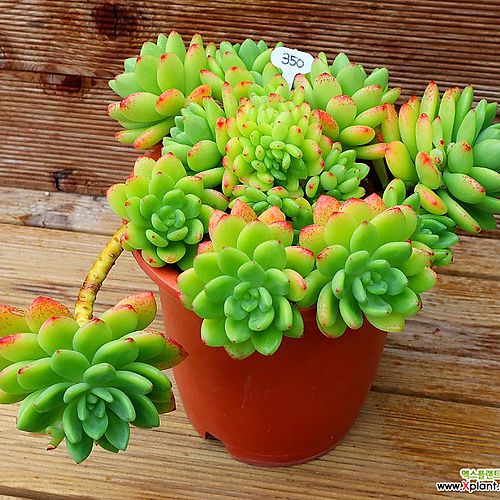
Sedum Atlantis, celebrated as the “Plant of the Year” at the RHS Chelsea Flower Show, dazzles with green leaves edged in creamy yellow. This variety thrives in well-draining soil, bringing a bold and cheerful presence to any garden.

For a whimsical touch, Sedum Rubrotinctum ‘Aurora,’ also known as the Jelly Bean Plant, offers plump, glossy leaves in pastel shades of pink, yellow, and cream. Its candy-like appearance and playful vibe make it a favorite among succulent enthusiasts.

Sedum Multiceps, or Miniature Joshua Tree, creates the illusion of a tiny forest with its woody stems and clusters of green rosettes. Its bonsai-like form makes it an intriguing centerpiece for succulent gardens.

Sedum Spurium, a robust ground cover, combines hardiness with beauty. Its red-tinged foliage and pink or red star-shaped flowers make it a reliable choice for filling spaces with vibrant color.
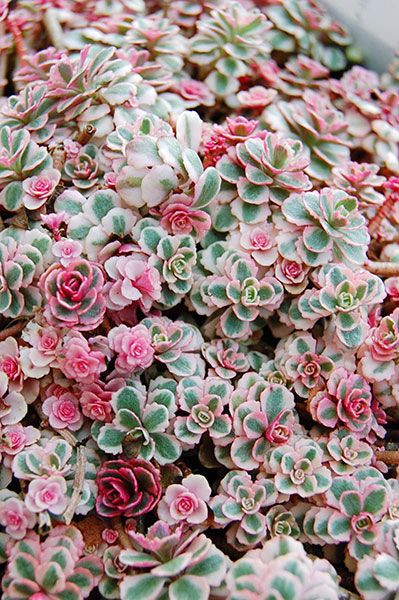
Sedum furfuraceum captivates with its thick, scaly leaves that turn reddish-brown under stress. This compact, bushy succulent adds texture and visual interest to any arrangement.

Other Rare Sedums
Beyond these highlights, other rare Sedum varieties also deserve attention. Sedum sieboldii charms with its blue-green leaves arranged in perfect whorls, often blushing pink in the fall. Sedum erythrostictum ‘Mediovariegatum’ stands out for its variegated foliage, while Sedum adolphii glows with golden hues, especially under bright sunlight.


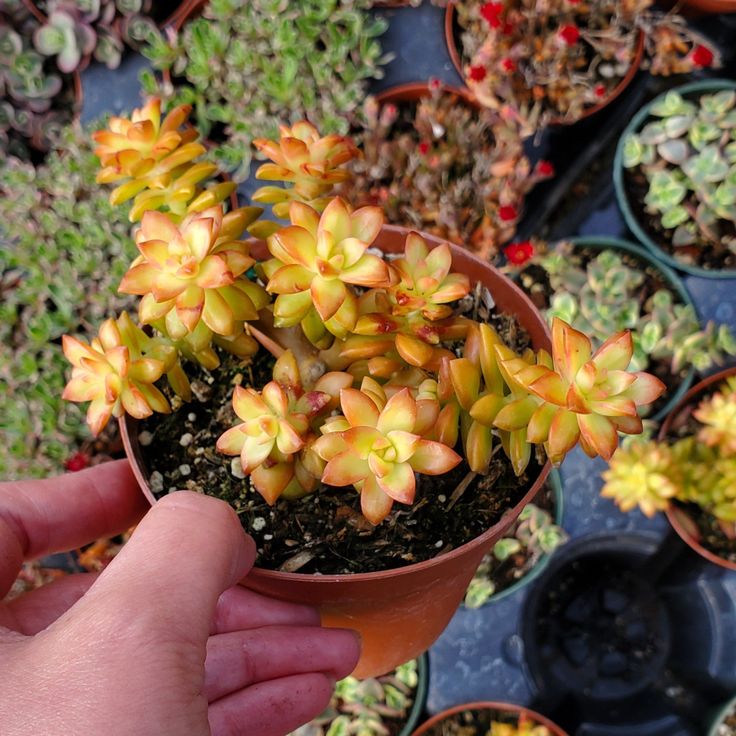
Caring for Rare Sedums
Rare Sedums thrive with proper care:
- Light: Bright, indirect sunlight enhances their vibrant colors, while partial shade may be needed in scorching heat.
- Watering: Allow the soil to dry completely between waterings to prevent root rot.
- Soil: Use well-draining soil, such as a mix of cactus soil and perlite or sand.
- Temperature: Warm, dry conditions suit them best, though many can tolerate mild frost.

Rare Sedum varieties are more than just plants; they are living works of art. Their striking forms, captivating colors, and easy-care nature make them treasures for both beginner and experienced gardeners. Whether trailing gracefully, spreading as ground cover, or standing as a dramatic focal point, these succulents never fail to amaze.


